

| The Greenbottle Flies of Nottinghamshire |
| .... |
| Flies of the Genus Lucilia (Family Calliphoridae) are often
more commonly referred to as 'Greenbottles'. These flies
are similar to the equally familiar 'Bluebottles' and
usually given the same life-shortening treatment,
following their unwanted invasion into most homes during
the warm Summer months. The Calliphoridae are sometimes known as 'Blow Flies', but such a name seems to do little to further encourage their study, or improve their image within the public's mind-set. Admittedly, their feeding preferences often leave a great deal to be desired and they're not cute and endearing. Yet seen close up, these really are magnificent insects. |
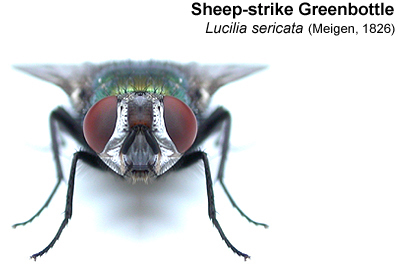 |
|
| .... | ||
| A
problem with public image All Lucilia have the advantage of being beautifully coloured in varying shades of bright metallic green. This often becomes bronze-toned, or even distinctly reddish with age, helping them take on a completely new look, which can lead to problems with identification for those new to studying flies. Most flies are difficult to get to grips with and many entomologists refuse to develop further interest in our Dipterous fauna, after perhaps tentatively dipping into Hoverflies. Identification is often difficult, but the reward for those willing to put the effort in, will be that the majority of records for a great many species, can often result in a county first. Most flies are still considerably under-recorded and your records will certainly help create a better picture and understanding of Nottinghamshire's Dipterous fauna in general, so why not be adventurous and give it a go? Despite their less than perfect image with most householders, Lucilias and other Calliphorids play vital roles in helping dispose of animal and human waste, decomposng flesh etc, but can help transmit disease through contact. |
||
| .... |
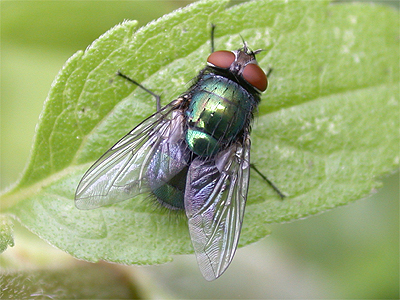 |
Commonly known as the
Sheep-strike Greenbottle, Lucilia sericata can
be the cause of serious problems to the farmer. Females
lay batches of eggs within the wool of sheep and once
hatched, the larvae feed begin to feed on the skin
surface. Occasionally, this causes lesions of the skin
which later become infected. It can lead to myiasis, in which the larva grows within, or under the skin of the host, while feeding on its tissue. Lucilia bufonivora provides a good example of this in the Common Toad (Bufo bufo), with the larva usually living within the nasal cavity and ultimately leading to the host's death. But some species are also regarded as being considerably important to both forensic and medical sciences. Lucilia sericata is certainly of special interest to the forensic entomologist, as it is one of the first insects to arrive at a corpse after death. The stage of larval development on a corpse, coupled with other factors including weather and temperature etc, can be used to help determine an accurate time of death. |
|
| .... | ||
| In medicine,
the larvae of Lucilia sericata have been used to
help clean wounds, by directly removing tissue which has
become infected, or which is either dead or dying. Larval
excretions can encourage the regeneration of healthy
tissue and have apparently been shown to lower the
level of bacteria in the blood of patients infected
with MRSA (Meticillin-resistant Staphylococcus
aureus). Nottinghamshire species and records Seven species of Lucilia are known from the UK. Of these, all but Lucilia illustris (Meigen, 1826) have been recorded from Nottinghamshire. Historically J.W. Carr lists only Lucilia caesar (Linnaeus, 1758), Lucilia silvarum (Meigen, 1826) and Lucilia sericata (Meigen, 1826) in his book 'The Invertebrate Fauna of Nottinghamshire. Nottingham: J.& H. Bell Ltd (1916)' and there has been little work done on this Genus since. |
||
|
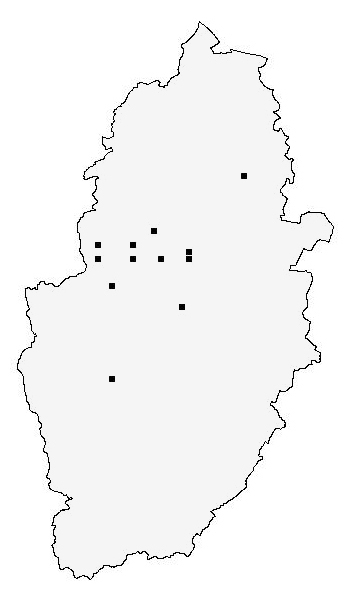 |
|||||||
|
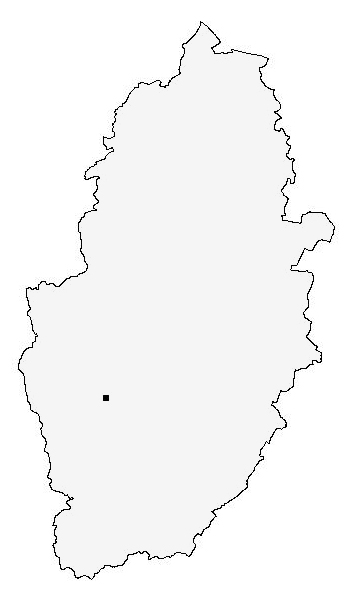 |
|||||
|
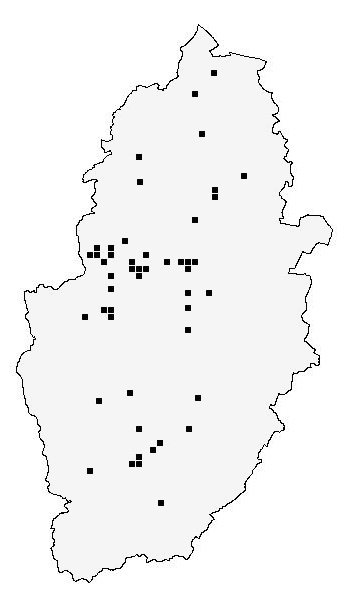 |
|||||||
|
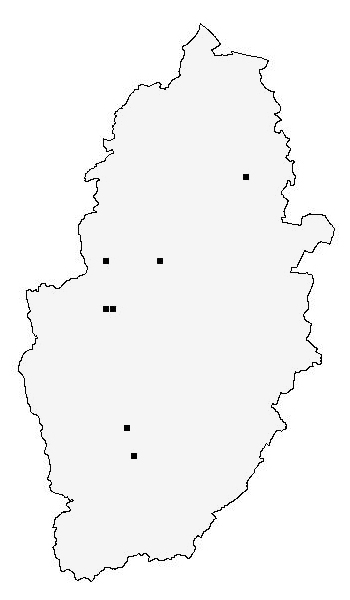 |
|||||||
|
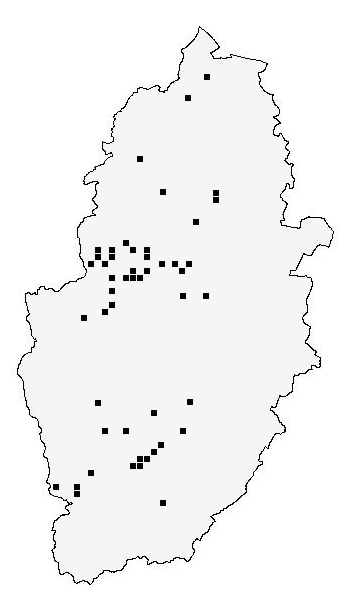 |
|||||||
|
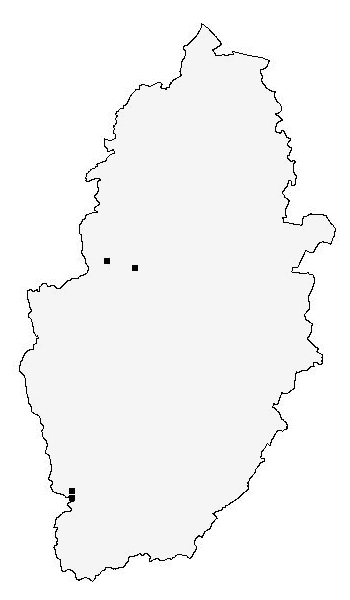 |
|||||